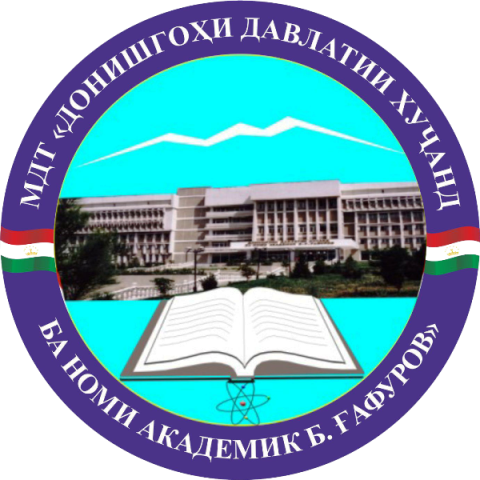list (humanitarian 2023)
MAIN STAGES OF FORMATION AND DEVELOPMENT OF LITERARY TRANSLATION IN TAJIK LITERATURE OF THE XX CENTURY
 
Authors: Muruvvatiyon Jamila Jamol, Doctor of Philology, Leading Researcher of the Department of Contemporary Literature at the Institute of Language and Literature. Rudaki of the Academy of Sciences of the National Academy of Sciences of Tajikistan. E-mail: This email address is being protected from spambots. You need JavaScript enabled to view it.
 
 
JOURNAL NUMBER: 4(77). YEAR OF ISSUE: 2023.  LANGUAGE OF THE ARTICLE: Tajik
 
 ANNOTATION
 
 
The article is devoted to the history of Tajik translation of the twentieth century, the conceptual and aesthetic appearance of Tajik literature of this period is considered. This is a time when society demanded a new hero, new thematic layers and genres. In this process, translated literature took an active part in the development of the aesthetic taste of Tajik literature.The history of Tajik literature of the last century, rich in literary connections, has never ceased to attract the attention of Tajik philologists.In the first half of the last century, the works of Tajik writers were very successfully translated into various languages of the world. According to the author of the article, we should start talking about the formation of literary translation from the second half of the 19th ÔÇô early 20th centuries - after the establishment of the colonialist domination of Europe and Russia in Central Asia.Translation has become an important engine of the literary process and the main factor determining the new picture of the world is the global policy of globalization. During these years, although there was no scientific understanding of the quality of translations of literary prose in Tajik literary criticism, various points of view on certain aspects of translation had already appeared, but these articles could not yet solve theoretical issues of translation or develop the foundations of a scientific theory of translation.Anniversary articles have become a frequent phenomenon that has contributed to the development of interliterary connections. And despite this, there was no scientific analysis of the quality of translation; such a lag in theoretical terms did not prevent Tajik translators from mastering new strategies and methods, techniques. Thus, literary translation of the twentieth century in Tajikistan manifests itself more independently as a type of translation activity.
KEY WORDS
l
literary translation, Tajik philologists, interliterary connections, globalization policy
 ðÉð¢ð│ð╗ð©ð╣Ðüð║ð©ð╣
ðÉð¢ð│ð╗ð©ð╣Ðüð║ð©ð╣
 ðóð¥ÊÀð©ð║Ëú
ðóð¥ÊÀð©ð║Ëú  ðáÐâÐüÐüð║ð©ð╣
ðáÐâÐüÐüð║ð©ð╣ 
